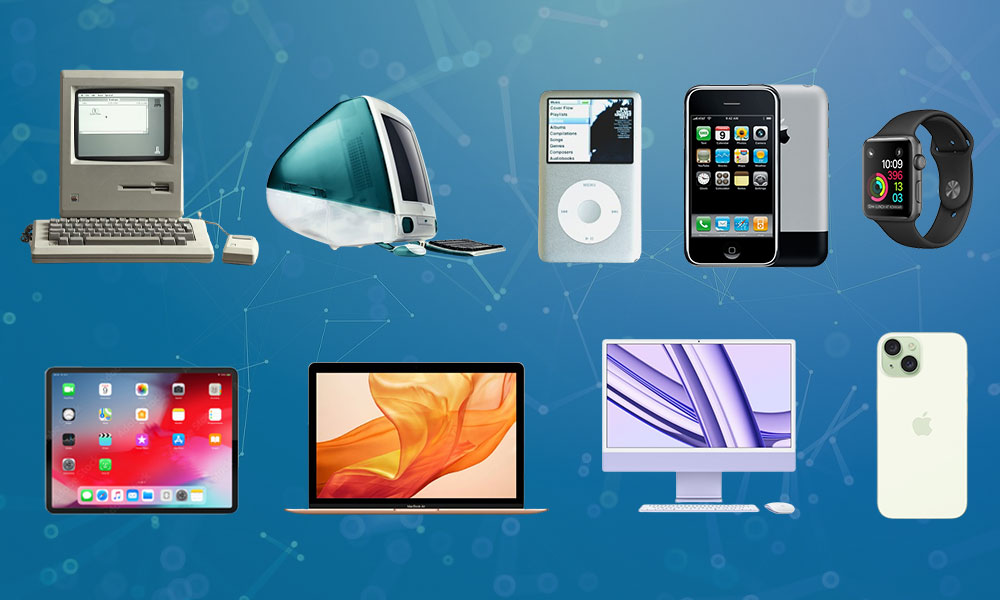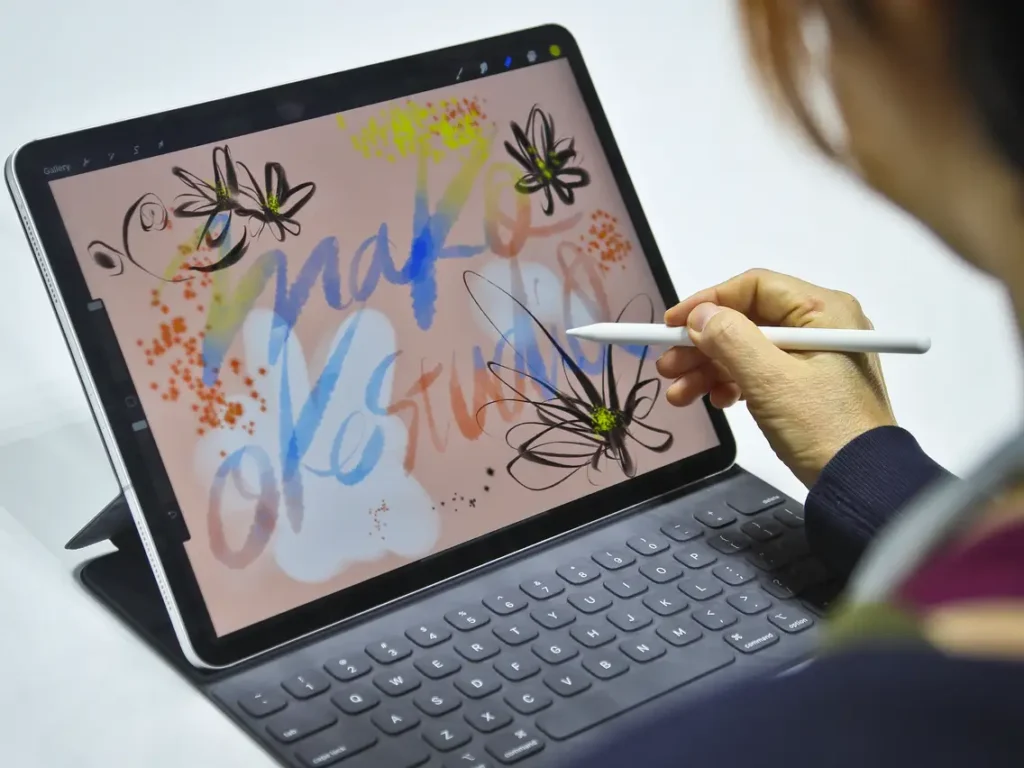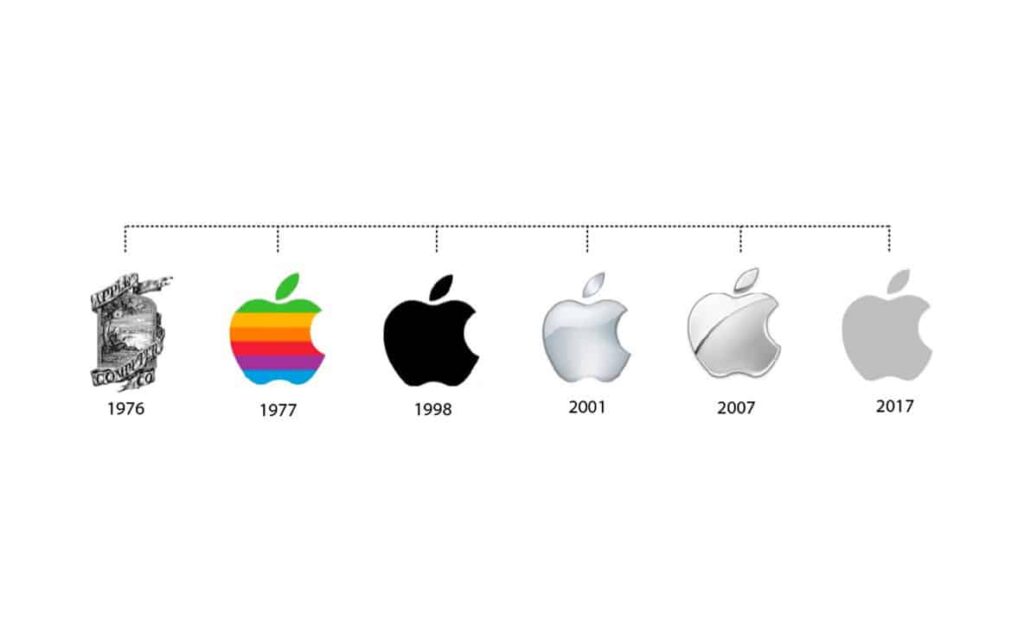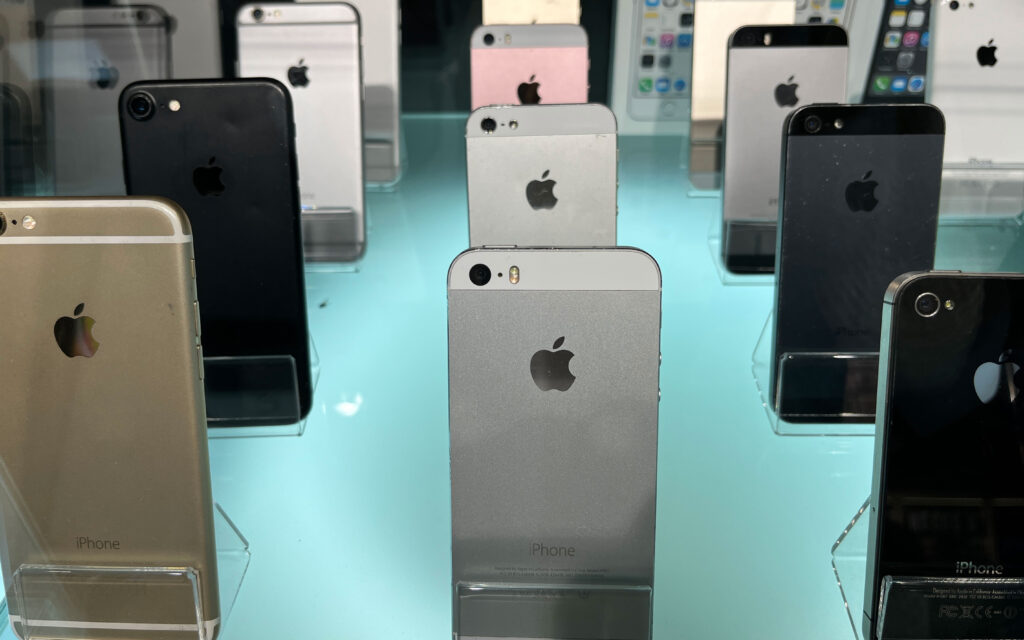
Example for Editorial Purposes Only. IH Concepts does not own copyright of this image. Photo Credit: Magnify-Youtube
“Apple”. When you read this, your first thought was not the fruit, but the iconic device brand that has taken generations by storm. Why is that? That is because of the immense successes that Apple has procured over the years and continues strong. But Apple hasn’t always been the same.
The company had to start somewhere with just an idea and a product that doesn’t look as pretty as it is today. At the core of Apple’s design philosophy (sorry for the apple pun), lies the visionary minds of Steve Jobs and Steve Wozniak, who envisioned technology as a tool for the masses, intuitive, and user-friendly.
Over the years, this has evolved from a concept to an entire line of devices that have taken over the market to the point that consumers are absolutely loyal to the brand and will “only buy Apple”. Read further to learn about each step Apple has gone through considering brand changes, product developments, and value shifts to make it to the Apple we know and love today.
Origins of Apple’s Design

Example for Editorial Purposes Only. IH Concepts does not own copyright of this image. Photo Credit: Pixabay
This all started with Steve Jobs and Steve Wozniak’s vision they both had that started with the computer. Although it looks like a big hunk of junk today, the technology for the time was cutting edge. What’s even more interesting is the fact that this idea and company started in a garage.
This had then begun to shift to minimalist design principles which was a stark departure from the cluttered interfaces of its competitors. Drawing inspiration from his insights, Apple’s products were engineered to seamlessly integrate into users’ lives, fostering a sense of connection and empowerment. With this consideration, the devices being created were given a marketing staple of being “known for creativity”. This makes sense as humans are innately creative.
Evolution of Product Design

Example for Editorial Purposes Only. IH Concepts does not own copyright of this image. Photo Credit: Business Insider
The journey of Apple’s product design began with the introduction of the Apple I and II computers, heralding a new era of personal computing. Once again, this was an engineering brilliance on the Steves’ part. However, it was the launch of the Macintosh in 1984 that truly revolutionized design and set the stage for Apple’s device production rise.
This was the first of its kind, being a sleek interface both inside and out allowing for only the best user experience. As many would say, “it just felt nice to use one”. Just as the world was advancing, Apple was advancing right with it experimenting with music devices and hard drives.
A pivotal moment in the company’s history was the introduction of the iPod in 2001, making portable music consumption effortless and stylish. Not soon after that in 2007, the iPhone came out. It revolutionized the smartphone industry and set new standards for design and functionality.
This has been key to the subsequent eras – from the iPad to AirPods and advanced Macs. With these advancements, Apple has solidified its status as a marketing giant of innovation and style.
Evolution of the Logo

Example for Editorial Purposes Only. IH Concepts does not own copyright of this image. Photo Credit: Tailorbrands
The evolution of the Apple logo is evidence to the brand’s journey from humble beginnings to an entire global phenomenon. Originally inspired by Sir Isaac Newton’s discovery of gravity, the Newton logo reflected Apple’s early aspirations to challenge conventional thinking and push the boundaries of innovation.
This is what the logo had originally communicated and embodied. However, it was the introduction of the rainbow Apple logo in 1977 that truly captured the spirit of Apple’s identity. It was creative, unlike others, and worth your attention.
In 1998, Apple underwent a significant rebranding effort. This sleek and minimalist design marked a departure from the colorful past, reflecting Apple’s evolution into a more mature and sophisticated brand. Yet, despite the visual transformation, the logo’s underlying symbolism remained unchanged.
Since then, the brand has shifted to white. This has the same underlying meaning but now shows that it is extremely versatile, which we will talk about further in the blog. This example can be used for your own company and understanding the importance of your brand changes in line with the times and trends.
Design Philosophy at Apple

Example for Editorial Purposes Only. IH Concepts does not own copyright of this image. Photo Credit: Unsplash
Simplicity, elegance, and functionality – these are the cornerstones of Apple’s design philosophy. Jonathan Ive and the design team have championed an integrated approach, seamlessly melding hardware, and software to deliver unparalleled user experiences. One specific example of this is Siri, an artificial intelligence that we now take for granted.
Being first introduced in 2011, the advancement of having a helper right on your phone has made our world easier and expanded our technological capabilities widely. No longer is this technology just for scientists and gatekept by companies. Apple is keen on always including the newest technologies while seemingly integrating them into familiar Software we already utilize.
This marketing has been proven successful as these new features have reeled others in. No longer is it “I have an Apple device”, but it’s “I have the new Apple device with Siri on it”! Sometimes what’s needed for your own brand’s growth is getting something that sets you apart from your competitors and marketing it well.
Innovation and Adaptation

Example for Editorial Purposes Only. IH Concepts does not own copyright of this image. Photo Credit: Dreamstime
What is so unique about Apple is the strength and credibility the brand has no matter the new innovation or trend that happens within culture. Throughout its brand evolution, Apple has stayed consistent in its goals and image. When it comes to their image specifically, the bitten apple logo has become so notable that they no longer needed to keep to a certain color as many younger brands previously believed should not be changed.
This has been represented in their products in the multiple colors it went through, with the colorful iPhone 5s as displayed above, compared to the newest iPhone 15 Plus with a sleek design with just a color change for the logo. For your notes, having a logo that has the ability to have interchangeable colors is substantial.
Future Directions in Apple Design

Example for Editorial Purposes Only. IH Concepts does not own copyright of this image. Photo Credit: Apple
As of recent, it seems like the future is here. In early 2024, the new Apple Vision was released, bringing users into an Apple reality complete with a levitating virtual screen and hand-eye control that is all in one headset. This feat is just one of many that Apple will have in the next few decades as they continue the evolution of their products.
With these ventures, both challenges and opportunities for Apple’s design philosophy have been presented. Yet, one thing remains certain – the legacy of design excellence will continue to drive Apple forward into new realms of innovation.
In tracing the evolutionary path of Apple, from its modest beginnings in a garage to its current status as a global powerhouse, one thing becomes abundantly clear – the profound impact of design on both technology and culture. The smooth evolution of Apple’s products and marketing decisions made throughout has shown Apple’s strength as a brand and company. As we continue to marvel at Apple’s achievements, let us appreciate the transformative power of design in shaping our world and leading as an example for our own companies, graphic designs, and marketing campaigns.

